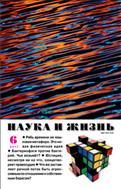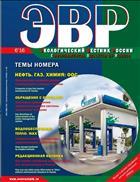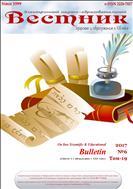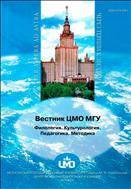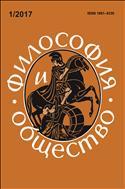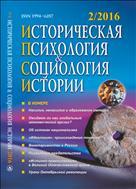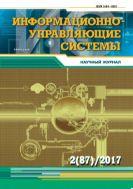Dobrovolsky. Pruning Influence on Chemical Composition of Spruce Wood (Picea abies (L.) Karst.) = Влияние обрезки ветвей на химический состав древесины ели европейской (Picea abies (L.) Karst.)Dobrovolsky. Pruning Influence on Chemical Composition of Spruce Wood (Picea abies (L.) Karst.) = Влияние обрезки ветвей на химический состав древесины ели европейской (Picea abies (L.) Karst.) 
The aim of the work was to investigate the influence of pruning on wood composition
in different morphological parts of the Norway spruce (Picea abies (L.) Karst.) trees, including
heartwood and sapwood compared to normal trees as a reference. Pruning intensity during
that treatment was 35–41 % of the total length of the crown for the trees with the average
and less than average diameter at breast height and 28 % for the trees with diameter at breast
height higher than the average. Components composition of acetone soluble extractives
was analysed by gas chromatography with long and short columns, and their molar mass
distribution was analysed by gel permeation chromatography. The following was determined
in the pre-extracted wood tissues: cellulose (acid hydrolysis – gas chromatography); lignin
(Acetyl Bromide method) and hemicellulose and pectins composition (acid methanolysis –
gas chromatography). Acetone-soluble wood extractives are a complex mixture of different
groups of organic compounds, i.e. both lipophilic and polar substances. The high-performance
gel permeation chromatography analysis revealed the dominance of triglycerides, steryl esters,
fatty and resin acids in the obtained extracts. The amount of monosaccharides in the extracts
was also substantial. The chemical composition of wood tissues of the reference and pruned
trees was almost similar. Compared to the reference trees, the wood samples of the pruned
trees showed increased amounts of resin acids in sapwood, high amounts of lignin and double
amounts of fructose in both sapwood and heartwood. The analysis results can be explained by
response of trees to their pruning as a defense mechanism against plant pathogens and must
be a result of the current physiological activity of those trees, possibly related to differences
in crown sizes.
For citation: Pranovich A.V., Antonov O.I., Dobrovolsky A.A. Pruning Influence on Chemical
Composition of Spruce Wood (Picea abies (L.) Karst.). Lesnoy Zhurnal [Russian Forestry
Journal], 2021, no. 3, pp. 145–160. DOI: 10.37482/0536-1036-2021-3-145-160 |










